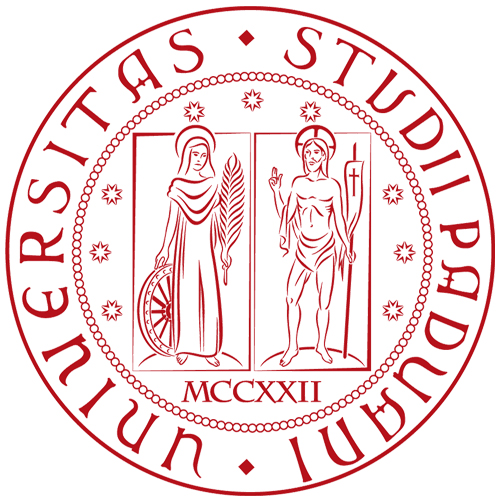PHRC037 : Dedication to Arsinoe Philadelphos, Soloi - Cyprus (270-240 BC) Dedication
Permanent ID http://s.phrc.it/phrc037
Text constituted from: Nicolaou 1973, p. 212, no. 1.
Other editions:
See also: Nicolaou 1993, p. 227, cat. p; Anastassiades 1998, p. 139, no. 16; Caneva 2014, no. 30; Caneva 2020.
Images: Nicolaou 1973.
Further bibliography: On the sanctuary of Soloi-Cholades, see Westholm 1936; Papantoniou 2009, Papantoniou 2012 and Papantoniou 2016.
Online record: PHI
The excavations at Soloi have revealed an important cultic complex situated on the acropolis, in the area now called Cholades, with a period of development from the third century BC to the late Imperial age (Westholm 1936; Papantoniou 2009; Papantoniou 2012, p. 168-208, with the previous references). From this area comes a marble head of a queen most plausibly to be identified with Arsinoe II (Papantoniou 2012, p. 342; Papantoniou 2016, p. 324). One of the Hellenistic temples was dedicated to Aphrodite, later accompanied by Isis. These goddesses played the most prominent role in the characterization and diffusion of the cult of Arsinoe across the Ptolemaic kingdom and it is possible that here as elsewhere (in particular at Cape Zephyrion near Alexandria: see Marquaille 2001, p. 219-223; Bricault 2006, p. 22-36), the link between Aphrodite and Arsinoe paved the way for the association between Aphrodite and Isis (Papantoniou 2012, p. 174-176; 195-203).
However, given the lack of knowledge about the original context of our dedication, the hypothesis that this and another dedication from Soloi (PHRC042) originally belonged to this sanctuary remains unproven. The very small size of the plaque and its very poor quality of execution strongly suggest a private initiative and perhaps point to a context of domestic cult. The use of a lunar sigma finds a parallel in other dedications to Arsinoe Philaldephos (IG XII Suppl. 156, Thera; IG XI 4, 1303 = PHRC38, Delos) and should not be taken as the sign of a date after the main period of diffusion of the cult of the deified queen, between her death in 270 and the ascension of Ptolemy III in the late 240s. This detail rather points to the specific context of dedication and tells us something about the social profile of the donors (see also, for the Attalid dossier, PHRC019 at Herakleia near Latmos and PHRC027 at Pergamon).
Indeed, comparison with the early-Hellenistic epigraphy of Cyprus and Alexandria reveals the precocious influence of cursive writing, as documented in contemporaneous papyri, on private dedications and funerary inscriptions. See Mitford 1961, p. 138 for a case of cursive writing of sigma and omega in an epitaph from Tamassos probably dating to the late fourth century. Similarly, cursive features already appear in Ptolemaic funerary inscriptions from the first half of the third century (Fraser 1960, p. 153-158, no. 13; Fraser 1964, no. 1). A comparison with the dossier of Ptolemaic oenochoai (Burr Thompson 1973) sheds further light on third-century cursive writing associated with private tools for ruler cults. Here the lunar sigma always appears on jugs bearing a dedication to Ptolemy IV, including one anomalously aniconic specimen from Kourion (PHRC012). Two earlier specimens with lunar sigma mention Berenike II (no. 29, from Benghazi) and Arsinoe II (no. 146; from Alexandria). Stylistic and paleographic arguments led Thompson to interpret the Benghazi specimen as a late provincial copy of Berenike’s latest type, perhaps a posthumous one, which points to the end of the third century. Conversely, Arsinoe’s jug is certainly earlier: according to Thompson, its delicate aquamarine colour suggests a date for the execution before the Berenike types. The fact that the inscription was carved before firing (Thompson, p. 19) makes the stylistic dating decisive. The jug therefore testifies to an early use of the lunar sigma, during the first half of the third century. Its use may be put in relation with the poor quality of the inscription: the carver first wrote Φιλα]δέλφυ and only later added a dot-sized omicron in between Φ and Υ (Thompson, Plate 50; for other orthographic mistakes on oenochoai, cf. Thompson, p. 22).



